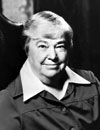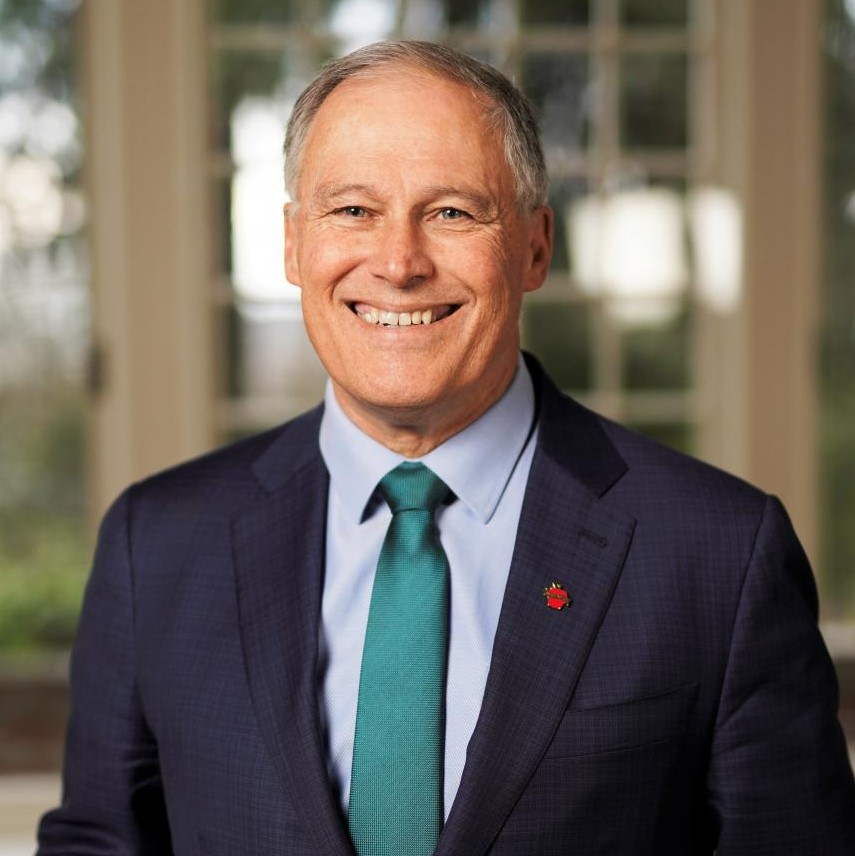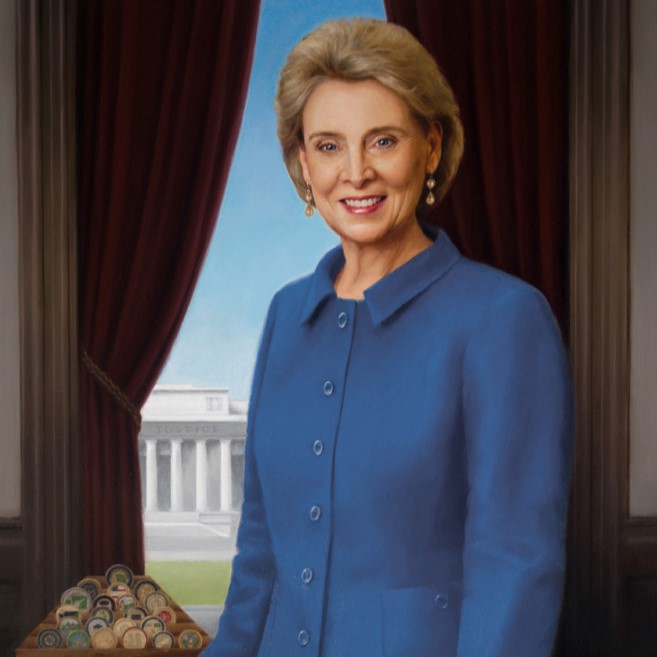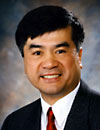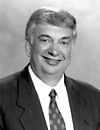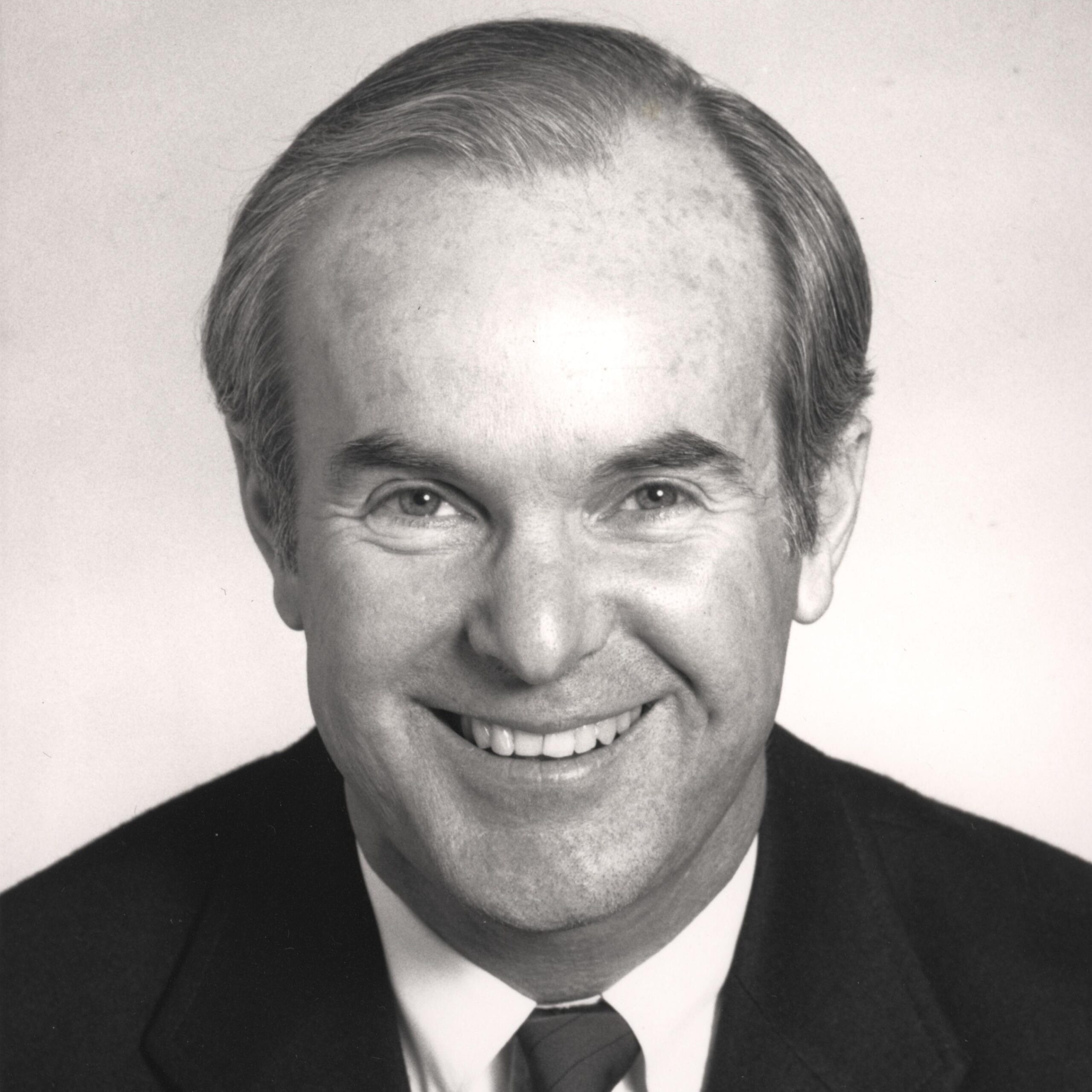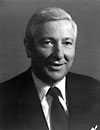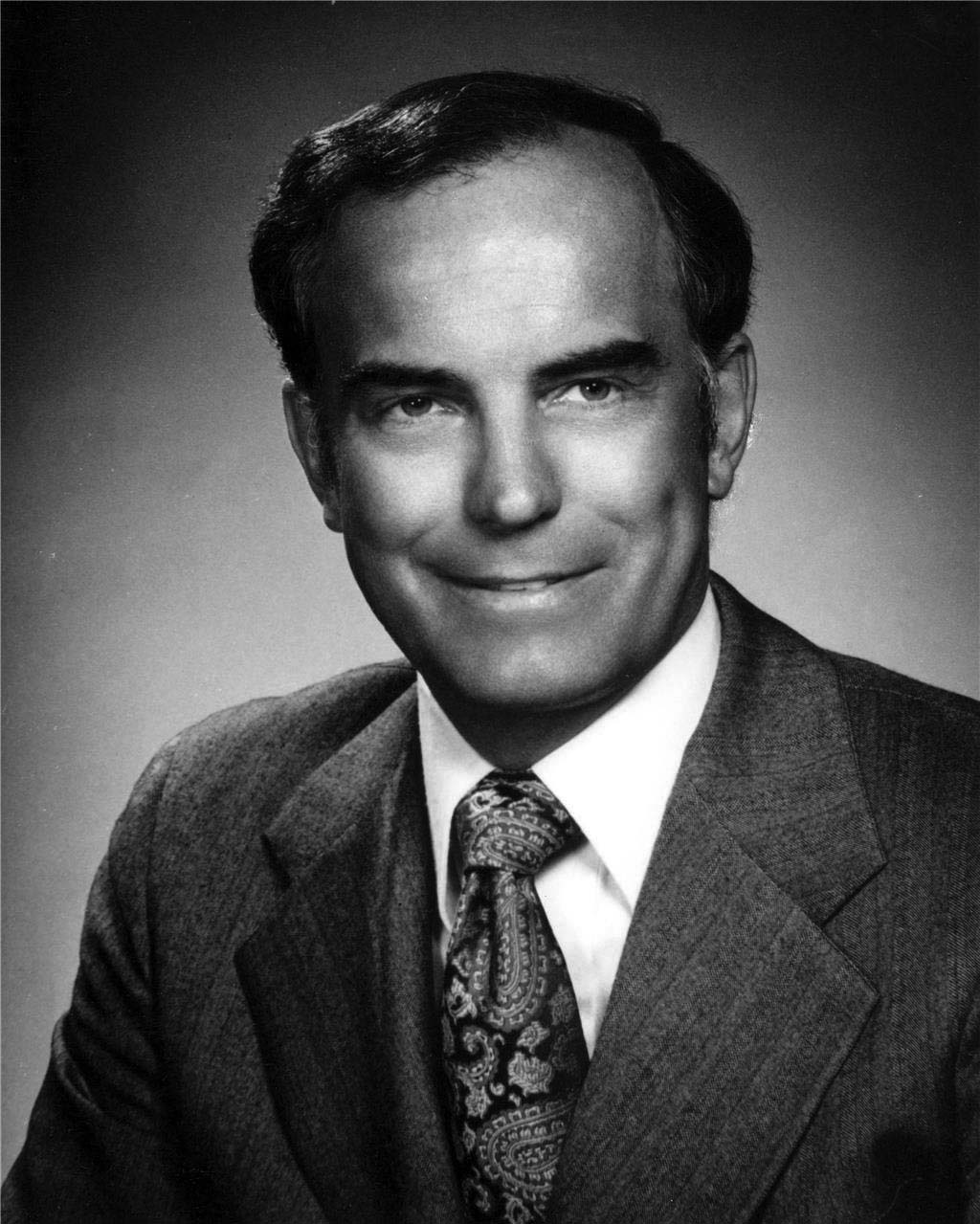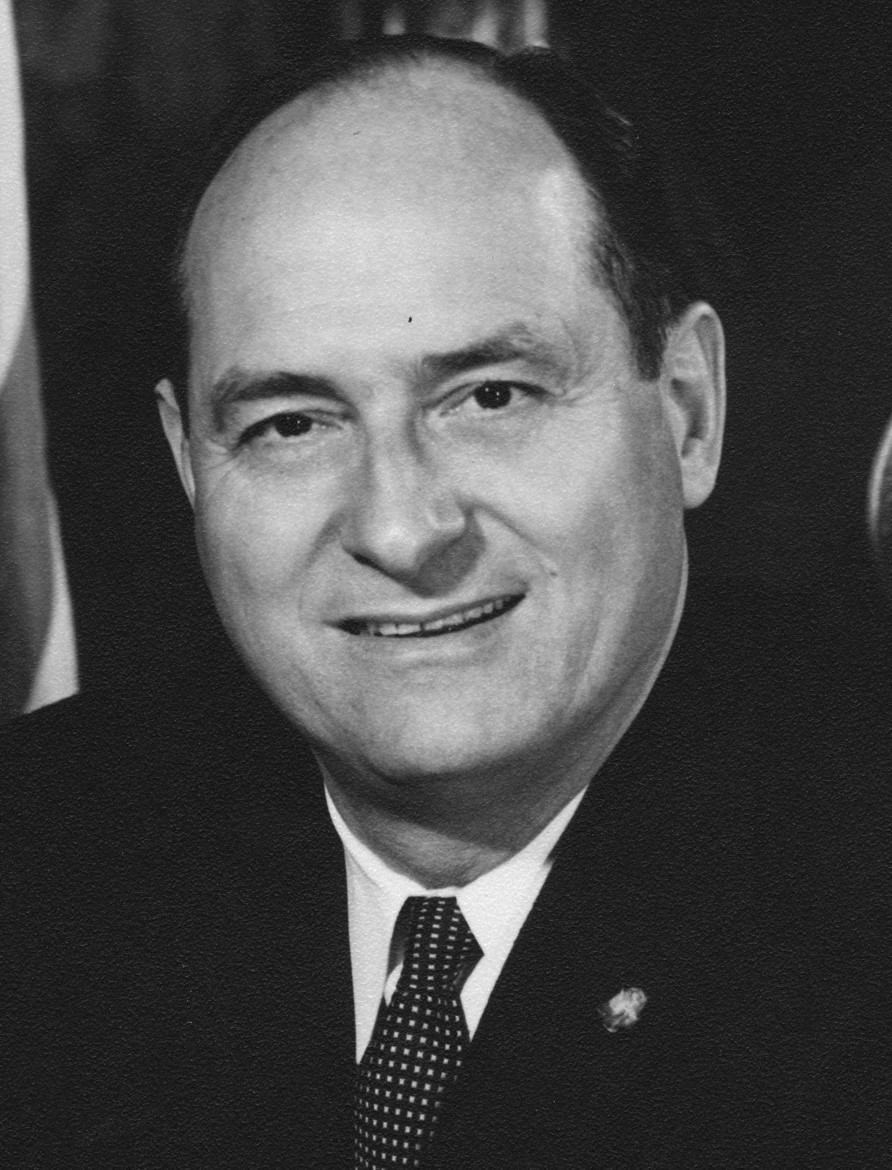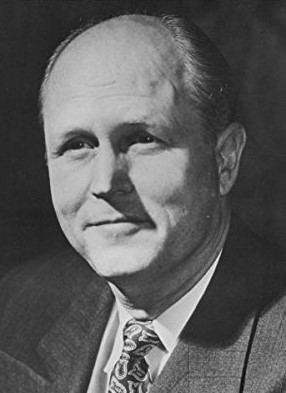Washington
Gov. Dixy Lee Ray
- January 12, 1977 - January 14, 1981
- Democratic
- September 3, 1914
- January 2, 1994
- Washington
- Mills College; Stanford University
- United Nations Peace Prize, National Freedom Foundation Award
About
DIXY LEE RAY, Washington State’s 17th governor, was born in Tacoma, Washington. She received a bachelor’s (1937) and a master’s (1938) degree from Mills College and a Ph.D. in marine biology (1945) from Stanford University. From 1939 to 1942, she taught in the public schools in Oakland and Pacific Grove, California. She was associate professor of zoology at the University of Washington from 1945 to 1976. From 1960 to 1963, Ray was a special consultant in biological oceanography for the National Science Foundation, and from 1963 to 1972, she directed the Pacific Science Center in Seattle, Washington. In 1964, Governor Ray was a visiting professor at Stanford University and the chief scientist for the TE VEGA expedition. From 1972 to 1975, she was a member of the U.S. Atomic Energy Commission, serving as its chair from 1973 to 1975 and she created the Department of Safety to make the use of nuclear energy safer. She was elected governor of Washington State in 1976 and served one term. Some of the most important events during her term of office included creating a task group that proposed full state funding of basic education. The 1977 legislature authorized a salmon enhancement program to increase the population of salmon and state voters passed Initiative 345 eliminating sales tax on most food. In 1978, a foreign office was established in Singapore, Japan, to assist trade between Washington and foreign markets. During her term, the state suffered one of the worst droughts on record and Governor Ray set up an Emergency Water Advisory Committee that asked everyone to conserve water and electricity. The state also chose a site at Hanford to purchase for the disposal of dangerous non-nuclear wastes, and the governor established a Washington State Hazardous Materials Commission in 1978. She was also very concerned about the state’s energy supply and felt the five Washington Pubic Power Supply System (WPPSS) nuclear power plants at Satsop and Hanford should be completed. The most exciting environmental event of her term was the explosion of Mt. St. Helens in 1980. Before the eruption, Governor Ray established red and blue danger zones which probably helped save many lives. Ray was the first woman elected as Governor of Washington and only the second woman in U.S. history elected without having been preceded in office by a husband. Governor Ray was very interested in programs for the aged and set up four conferences on aging. Her opponents were environmentalists, who did not like her support of nuclear power and her support of supertankers carrying oil from Alaska through the Puget Sound. Her political style was unique and very genuine, and there was general improvement in the state’s condition during her tenure. She also served on the Executive Committee of the National Governors Association. In 1978, she received both the United Nations Peace Prize and National Freedom Foundation Award. She died in her home on Fox Island, January 2, 1994.
Source
Official Records at Washington State Archives, 1977-1981, 225 cubic feet.
List of finding aids available at the Division of Archives and Records Management, Office of the Secretary of State. Available in hard copy: Guide to the Papers of the Governors of Washington, Volume 6: 1977-1981—Governor Ray.
Governors of the American States, Commonwealths and Territories, National Governors’ Conference, 1980.

